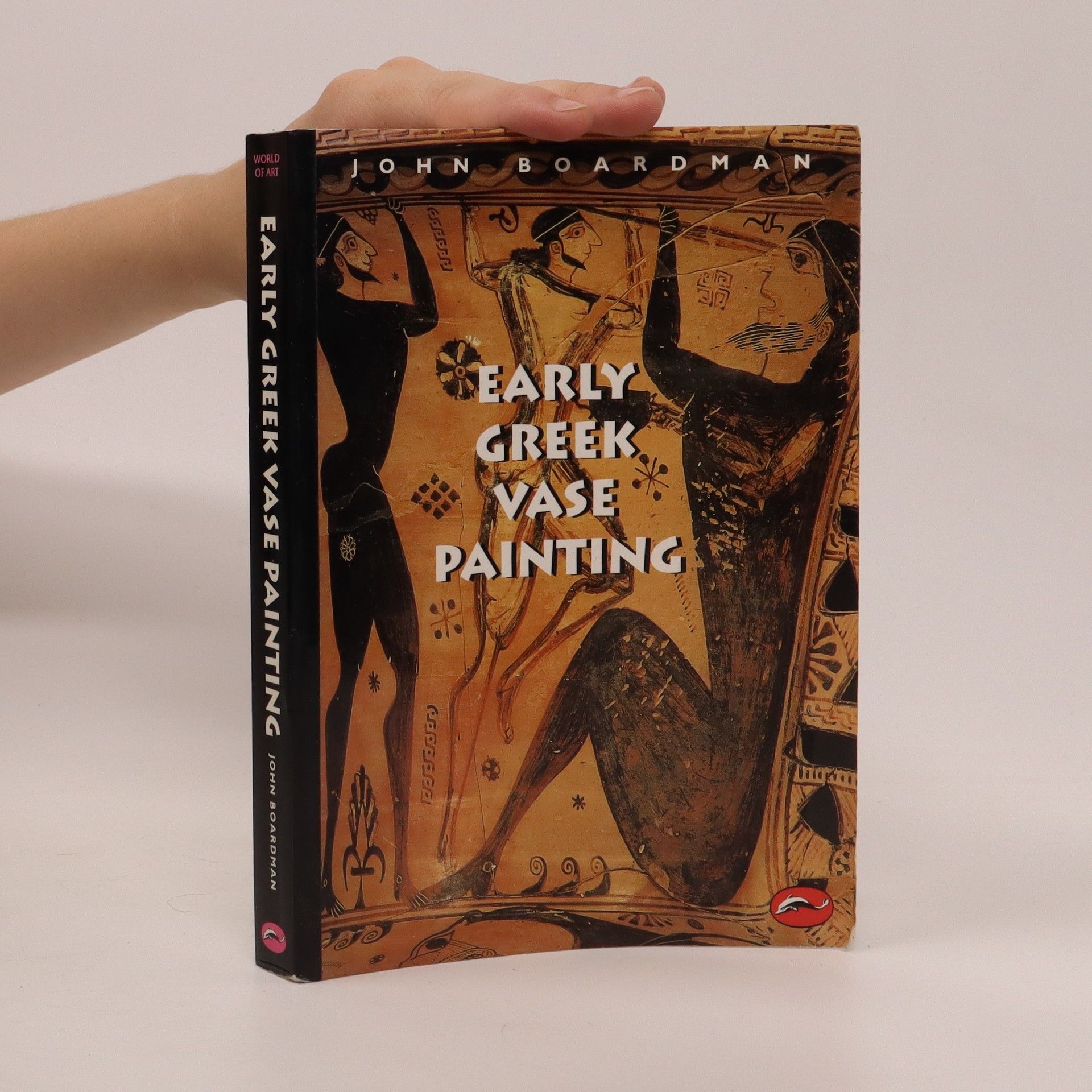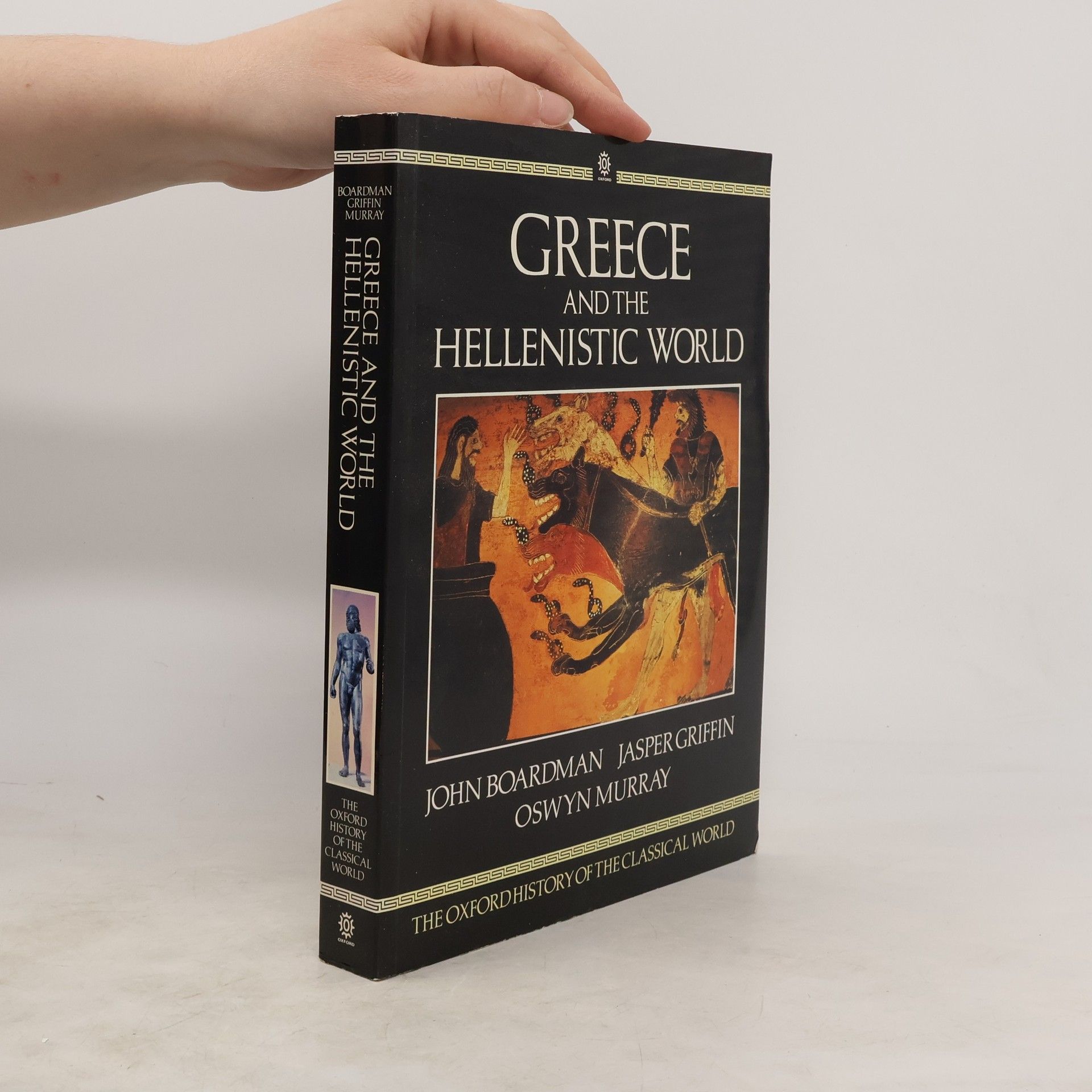O řeckém umění vyšlo ve světěš už takové množství knih, že každou další, novou publikaci, berou zvláště odborníci do rukou s nedůvěrou a s obavami před opakováním nebo rozmělňováním běžně známých skutečností. A přece lze i na toto téma psát neotřele, zajímavě, z hlediska dnešního čtenáře, jak ukazuje tato nerozsáhlá syntéza, shrnující významné staré i nové poznatky o umění, jež stojí u kolébky evropské výtvarné tradice. Kniha podává přehled řeckého umění od archaické fáze až po helénismus. Nepojednává přitom jen o třech klasických odvětvích výtvarné činnosti, o architektuře, sochařství a malířství, ale velmi významné místo věnuje i ostatním oborům, jako např. keramice a toreutice, které toho o životě antických Řeků a jejich schopnostech leckdy povědí mnohem více než tzv. umění vysoké. Mimořádná úroveň textu je založena na obsáhlých znalostech, jež autor, anglický klasický archeolog, získal nejen studiem, ale i několikaletou praxí přímo v Řecku. Vhodně vybrané reprodukce, jež mají těsný vztah k textu, činí autorův výklad ještě zajímavější a názornější.
John Boardman Knihy




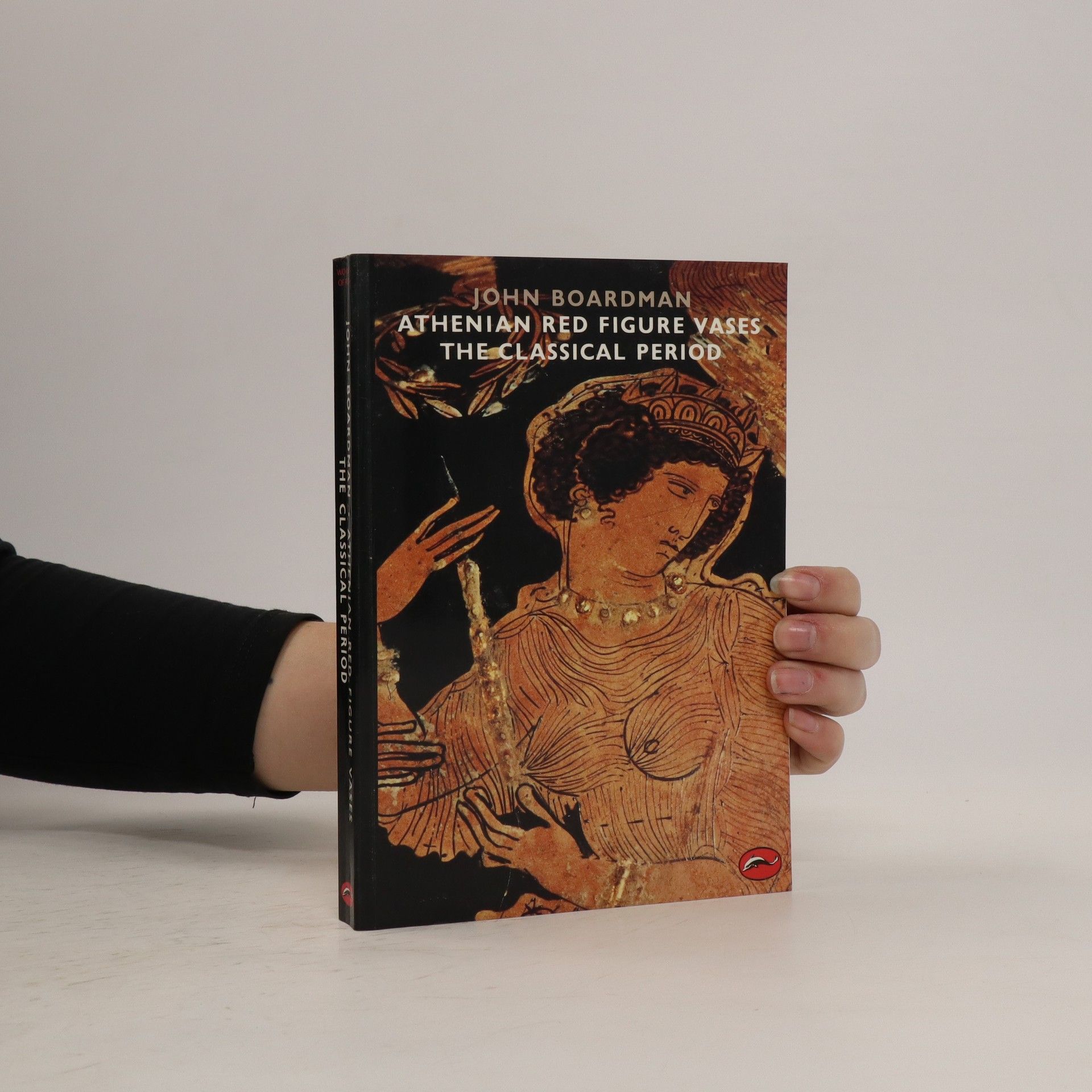
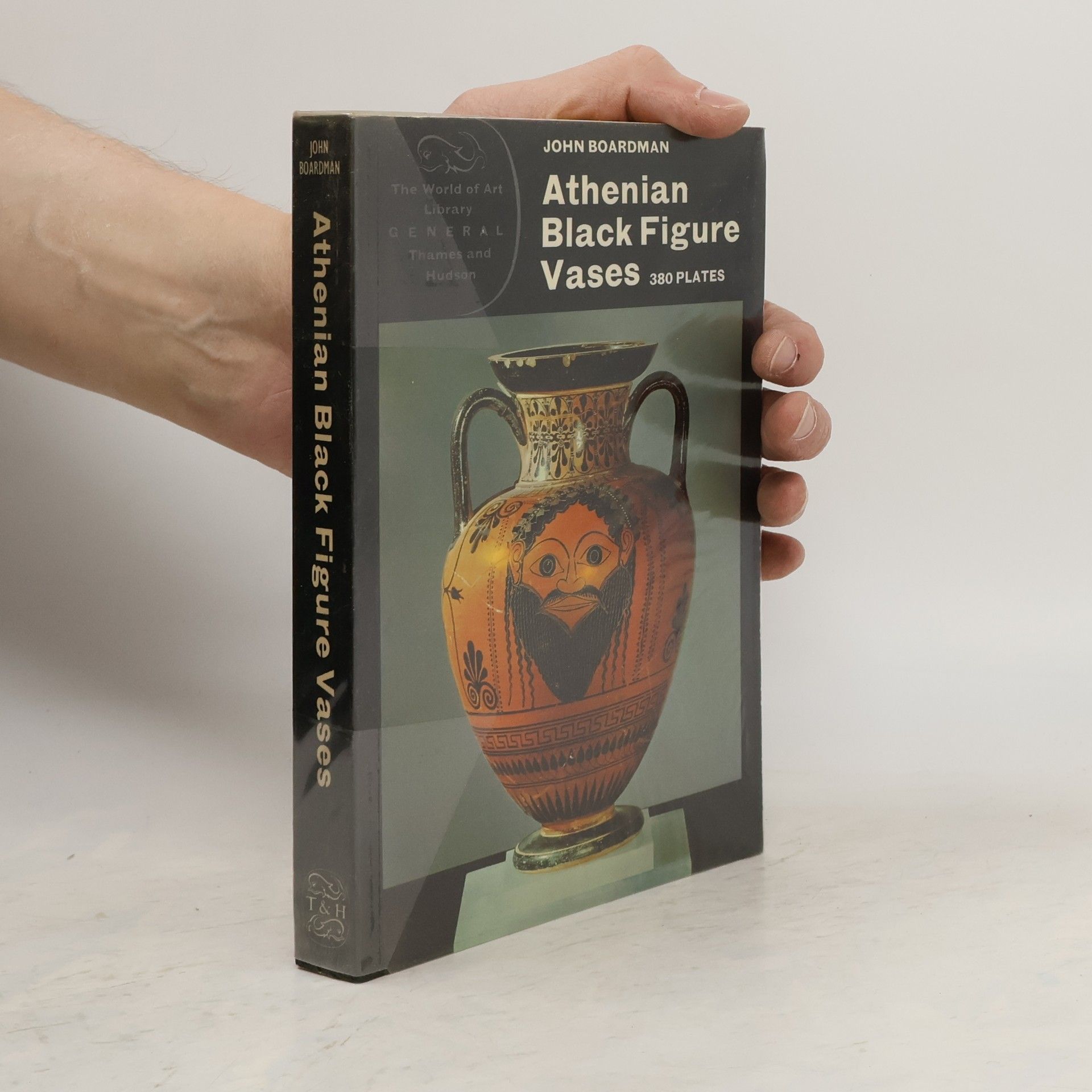
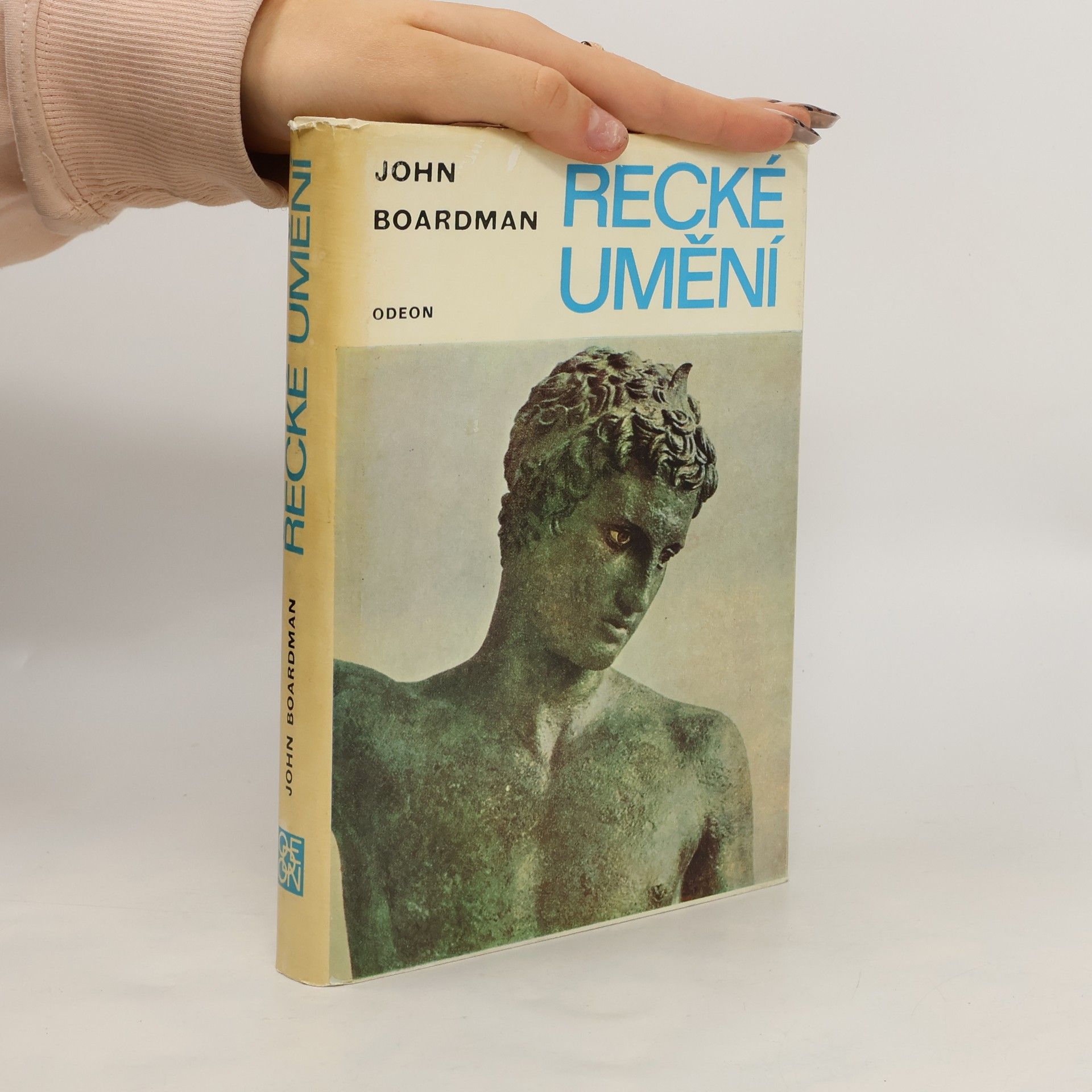
Athenian Black Figure Vases. A Handbook
- 252 stránek
- 9 hodin čtení
"Will undoubtedly become a standard work of reference."― Journal of Hellenic Studies Athenian black figure vases bear the work of consummate artists like Exekias, who depicted on them scenes of myth and everyday life that deepen our knowledge and understanding of Greek antiquity. John Boardman enables the reader to study the many aspects of the vases, and to grasp the essential style of a painter or group of painters, without having to consult a number of expensive, and not always easily accessible, publications. A final section is devoted to the mythological scenes and other decorative features of the vases. 385 black-and-white illustrations
Discusses the historical and artistic aspects of Athenian red figure vases of the classical period through the fourth century
Northern Pontic antiquities in the State Hermitage Museum
- 356 stránek
- 13 hodin čtení
This volume, written by staff of the State Hermitage, one of the world's finest museums, publishes Graeco-Roman antiquities kept there. Much of the material has been unearthed during the museum's field projects in Berezan, Myrmekion and Nymphaeum. Many items are published here for the first time. In addition, there are new studies and reinterpretations of well-known material. The book also contains reviews and notes on new publications on the Black Sea from Eastern and Western Europe and North America. The volume provides a good account of the manifold activities in which the staff of the Department of the History and Culture of the Ancient World, and of the Hermitage in general, are engaged. The book is very richly illustrated, with nearly 150 photographs, line drawings, maps etc.
Greek Gems and Finger Rings: Early Bronze to Late Classical
- 480 stránek
- 17 hodin čtení
Focusing on the miniaturist art of gem engraving in ancient Greece, this comprehensive account spans from the early Bronze Age to the Hellenistic period. It explores the historical context and artistic connections of engravings, revealing new insights into Greek myth and ichnography. The book details the evolution of studios in the Minoan and Mycenaean eras and categorizes Classical gem engraving by style and school, including a chapter on Greek works in the Persian Empire. Enhanced by enlarged plates, this revised edition serves as a vital reference for scholars and enthusiasts of Greek art.
In this book, the most powerful and the most moving scenes and fragments from this monumental body of work are displayed. The spirit of the time in which these works were produced, their meaning for the citizens of Athens, the methods by which they were made, the fine points of technique and illusion they conceal, the historical background, and the message contained in the myths they portray are some of the topics covered in the narrative introduction.
The History of Greek Vases
- 320 stránek
- 12 hodin čtení
Offering a survey of Greek vases, this book sketches their stylistic history. It explores the process of identifying artists; the methods of making and decorating the vases and the problems in doing so; the life of the potter; the pots' dissemination beyond Greece; and their functions in life, cult and as messengers of style and subject.
This volume completes a series of four titles which comprehensively cover the development of Greek vases.
Explores the evolution of sculptures, reliefs, and friezes in fifth century B.C. Greece, highlighting the significance of this era in art history.
The Oxford History of the Classical World
- 454 stránek
- 16 hodin čtení
Written by a team of distinguished scholars these volumes offer a comprehensive view of the Graeco-Roman world, its history and achievements. With over 250 illustrations and with extensive reference material.
